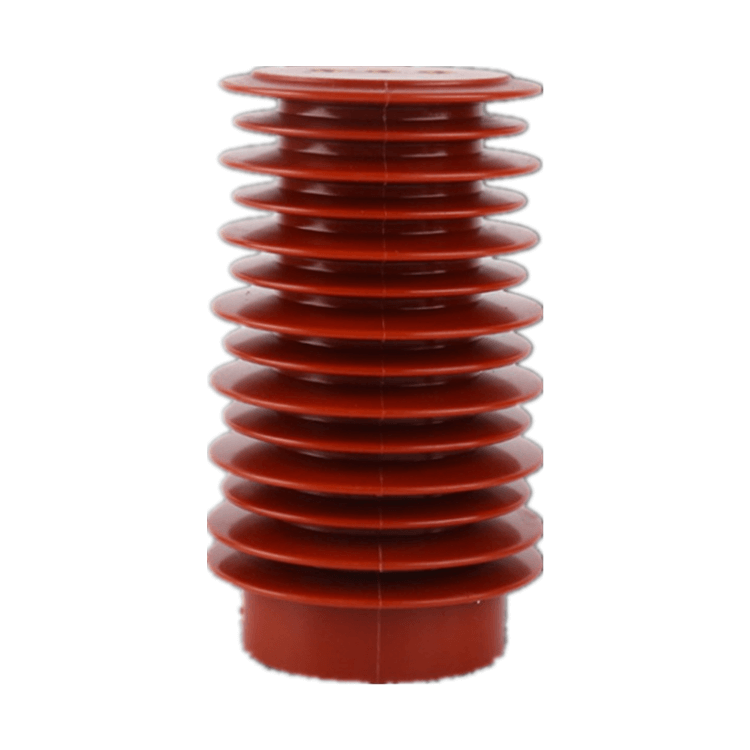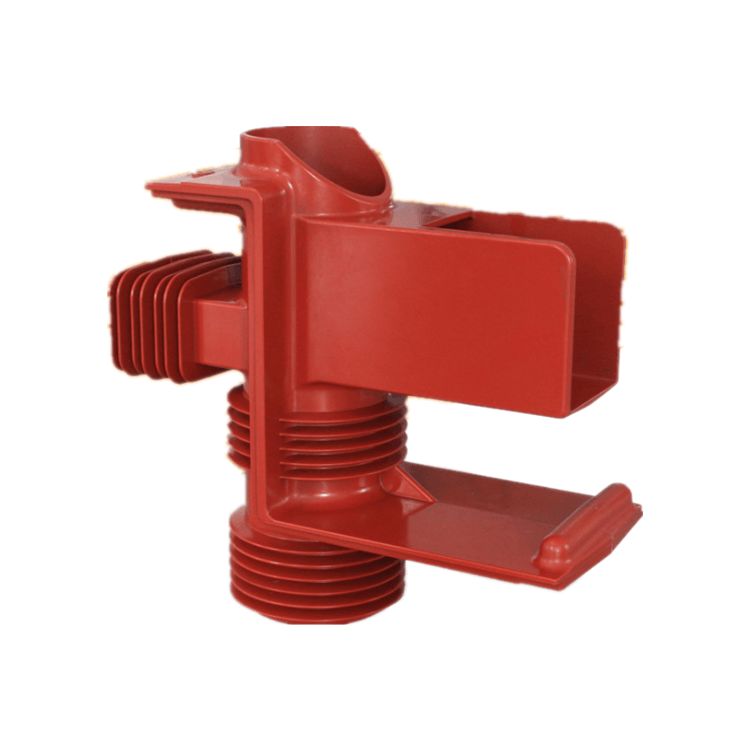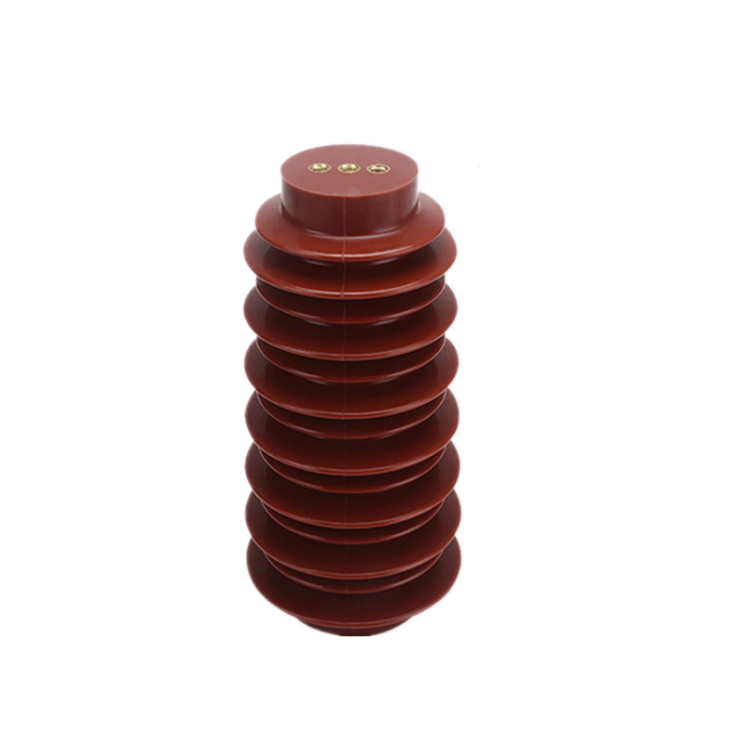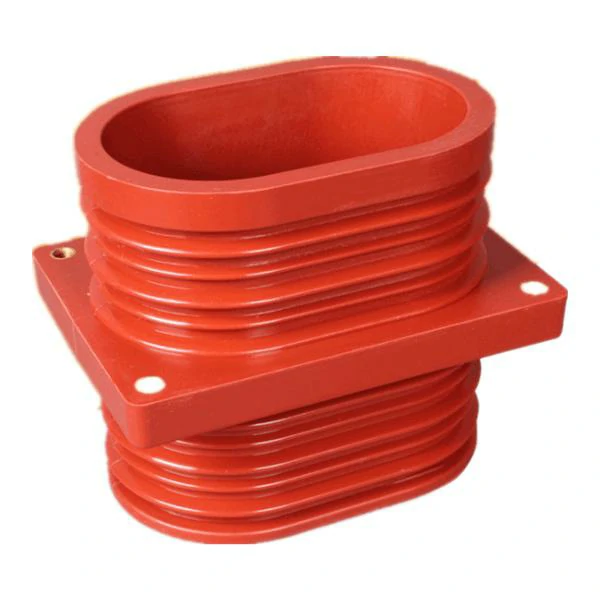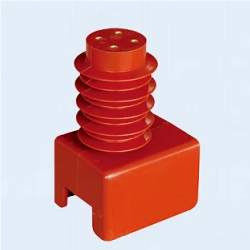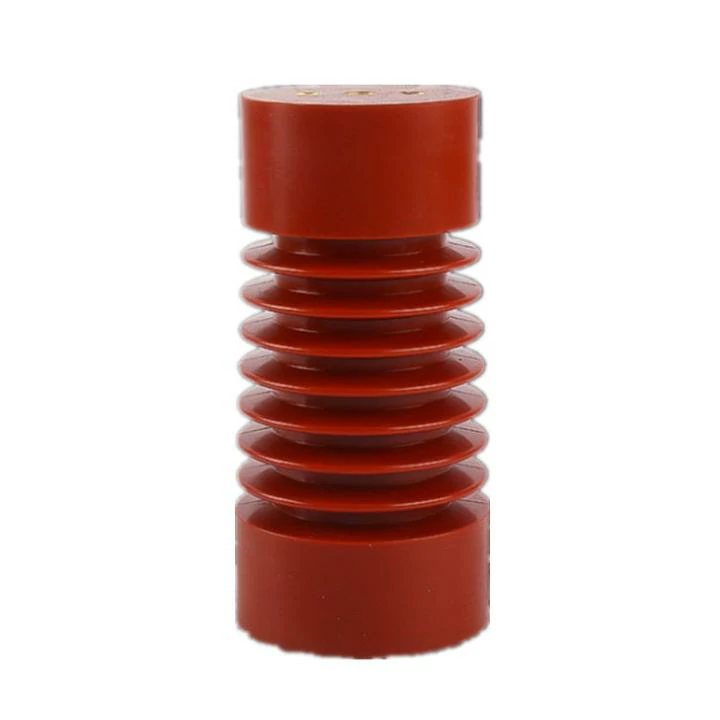Insulation is a critical component of modern construction and is utilized to maintain a comfortable indoor environment while improving energy efficiency. It serves as a thermal barrier, reducing the transfer of heat between the interior and exterior of a building. Various types of insulation materials are available in the market, each with its own set of properties and applications. In this detailed knowledge-based article, we will explore the most commonly used insulation materials, their characteristics, and the reasons for their widespread use.
- Fiberglass Insulation
Fiberglass insulation is one of the most commonly used materials in both residential and commercial buildings. It is composed of tiny glass fibers, which are intertwined to create a mass of insulating material. Fiberglass insulation is known for its cost-effectiveness, ease of installation, and excellent thermal performance. It is often used in walls, ceilings, and attics to reduce heat transfer.
The primary advantage of fiberglass insulation is its thermal resistance or R-value, which can vary depending on the thickness and density of the material. Higher R-values indicate better insulation properties. Fiberglass insulation is also non-combustible, which makes it a safe choice for insulation.
- Cellulose Insulation
Cellulose insulation is another widely used insulation material, especially in retrofit and existing structures. It is primarily composed of recycled paper products, including newsprint, cardboard, and other paper waste. These materials are treated with fire-retardant chemicals to enhance their fire resistance.
Cellulose insulation is known for its eco-friendliness, as it utilizes recycled materials. It is often blown into wall cavities and attics, providing an effective barrier against heat transfer. Cellulose insulation also has a reasonable R-value and is a cost-effective solution for improving a building’s energy efficiency.
- Spray Foam Insulation
Spray foam insulation has gained popularity in recent years due to its superior insulating properties and versatility. It is available in two main types: open-cell and closed-cell. Open-cell spray foam is lighter and more flexible, while closed-cell spray foam is denser and provides a higher R-value.
The key advantage of spray foam insulation is its ability to create an airtight seal, eliminating drafts and air leakage. This feature makes it an excellent choice for both insulating and air sealing. However, it is more expensive than some other insulation materials and requires professional installation.
- Polystyrene Insulation
Polystyrene insulation includes both expanded polystyrene (EPS) and extruded polystyrene (XPS). These materials are known for their exceptional thermal resistance and moisture resistance. EPS is composed of small foam beads, while XPS is made from a denser, closed-cell foam.
Polystyrene insulation is commonly used in applications where moisture resistance is essential, such as below-grade insulation, foundation walls, and roofs. It is lightweight and provides a high R-value, making it a popular choice for energy-efficient construction.
- Mineral Wool Insulation
Mineral wool insulation is manufactured from natural materials, such as basalt, diabase, and slag. It is available in two main forms: rock wool and slag wool. These materials are heated to high temperatures and then spun into fibers, resulting in a highly effective insulating material.
Mineral wool insulation is known for its fire resistance and excellent sound-absorption properties. It is often used in industrial and commercial buildings, as well as in residential applications. It offers a good R-value and is capable of withstanding high temperatures.
- Reflective Insulation
Reflective insulation, often known as radiant barrier insulation, is a unique type of insulation that reflects heat rather than resisting its transfer. It consists of a layer of reflective material, such as aluminum foil, attached to a substrate, which may be paper, plastic, or other materials.
Reflective insulation is commonly used in hot climates to reduce radiant heat gain. It is installed in attics, walls, and roofs to prevent the transfer of radiant heat from the sun. While it may not have a high R-value, it is effective in specific applications, particularly in regions with high sun exposure.
- Polyurethane Insulation
Polyurethane insulation is known for its excellent thermal performance and versatility. It is available as spray foam or rigid panels and offers a high R-value. Polyurethane insulation is suitable for various applications, including walls, roofs, and foundations.
The closed-cell polyurethane foam is particularly efficient at providing insulation and acts as both an insulator and an air barrier. It is commonly used in energy-efficient and passive house construction. The open-cell variety is more flexible and can be used in walls and roofs.
- Vermiculite and Perlite Insulation
Vermiculite and perlite insulation are lightweight, mineral-based materials often used in attic insulation. They are expanded through a heating process, resulting in a lightweight, insulating material. While not as commonly used as other materials, they provide reasonable insulation and are fire-resistant.
Vermiculite and perlite are particularly well-suited for attics and areas with limited access. However, they may require additional fireproofing treatments due to their organic binders.
- Natural Fiber Insulation
Natural fiber insulation includes materials such as cotton, hemp, and straw. These materials are often used in eco-friendly and sustainable construction. They are known for their low environmental impact and biodegradability.
Natural fiber insulation materials have reasonable R-values and are often used in environmentally conscious building projects. They provide effective insulation and have low levels of off-gassing, making them a healthy choice for indoor air quality.
- Composite Insulation
Composite insulation materials combine two or more insulating materials to create a product with enhanced properties. For example, some composites blend fiberglass and foam to benefit from the strengths of both materials. Composite insulation materials are designed to meet specific performance requirements and may be used in specialized applications.
Factors Influencing the Choice of Insulation
The selection of insulation material for a specific application depends on various factors, including:
- Climate: The local climate and temperature variations play a crucial role in determining the appropriate insulation material. Hot and cold climates have different insulation requirements.
- Building Type: Residential and commercial buildings may have different insulation needs based on their usage and occupancy patterns.
- Budget: Cost considerations can significantly impact the choice of insulation material. Some materials are more expensive than others, both in terms of material cost and installation.
- Environmental Impact: Many builders and homeowners are increasingly concerned about the environmental impact of insulation materials. Sustainable and eco-friendly options are gaining popularity.
- Fire Safety: In areas prone to wildfires or where fire safety is a significant concern, fire-resistant insulation materials are preferred.
- Moisture Resistance: Insulation in areas prone to moisture or high humidity must be moisture-resistant to prevent mold and mildew growth.
Conclusion
In conclusion, insulation plays a crucial role in modern construction by improving energy efficiency and maintaining a comfortable indoor environment. The choice of insulation material depends on various factors, including climate, building type, budget, environmental impact, fire safety, and moisture resistance. The most commonly used insulation materials include fiberglass, cellulose, spray foam, polystyrene, mineral wool, reflective insulation, polyurethane, vermiculite, perlite, natural fibers, and composite materials. Each of these materials has its unique characteristics and applications, making them suitable for a wide range of building projects. As the construction industry continues to evolve, new and innovative insulation materials are




